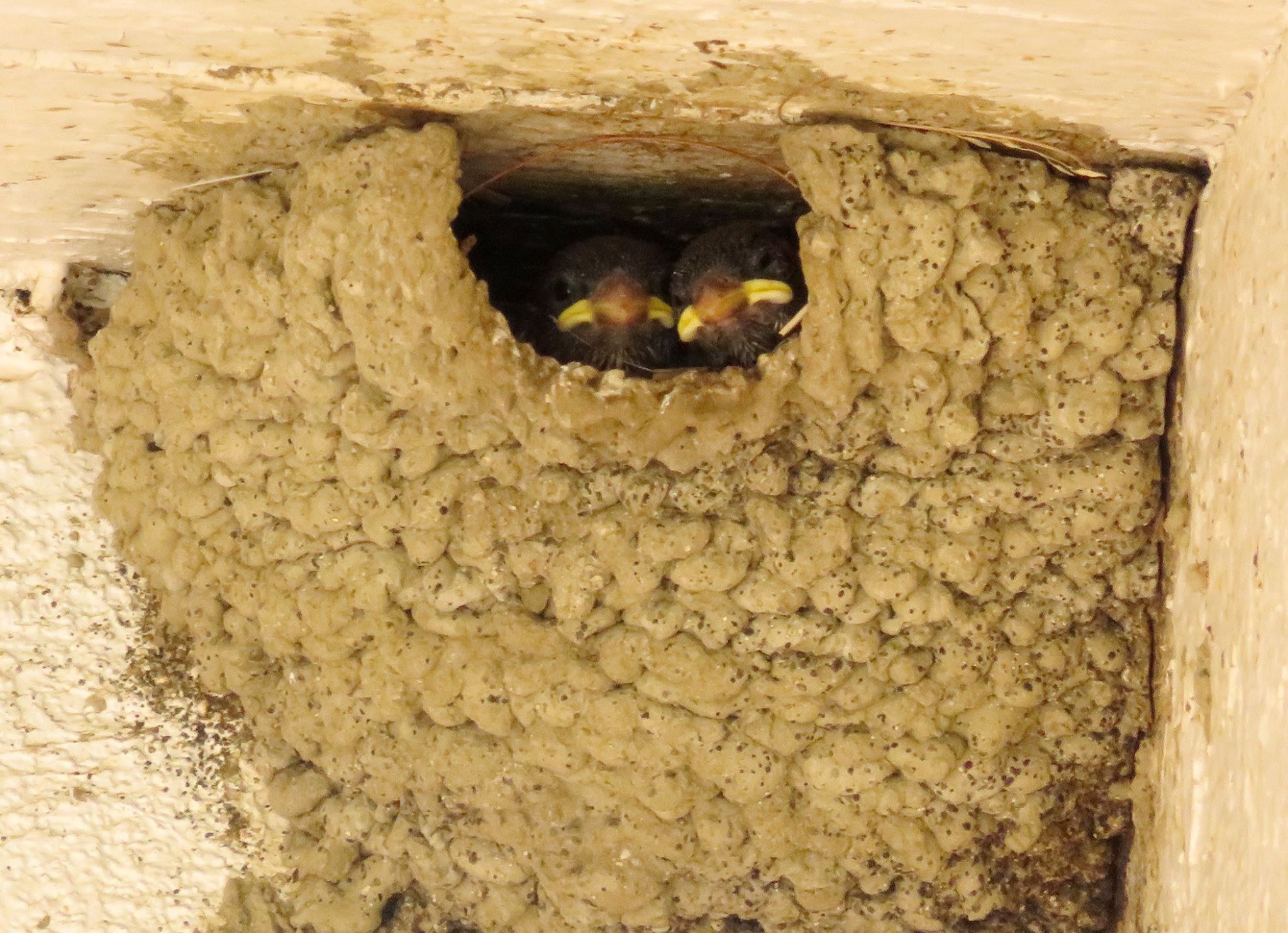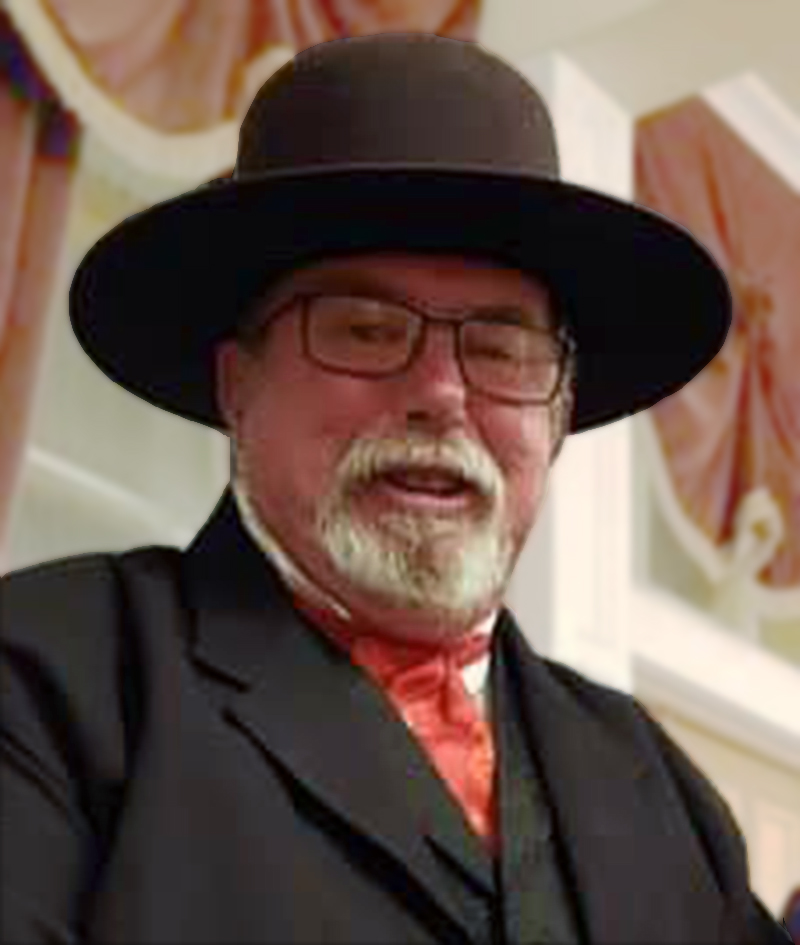 The California pepper tree. They seem to be all over the place. The little pink berries drop and are not fun to step on in bare feet.
The California pepper tree. They seem to be all over the place. The little pink berries drop and are not fun to step on in bare feet.
It does have a wonderful fragrance just after a rainstorm. Fully grown, it takes on the look of a weeping willow tree. A pretty tree, even if beneath its branches, nothing else can grow.
The tree is drought tolerant and has a root system that spreads far and wide in search of water. My research turned up little about any possible diseases that affect the trees. Back when, they were planted to provide shade year-around and also to mask some of the smells found in the days of horses and mules in our community.
Up in Mentryville, the old town in Pico Canyon, the early oil pioneers planted pepper trees and eucalyptus trees, too. Those trees provided shade quickly and also were able to counteract the everyday smells of an 1876 community. Really did a good job. Mules, horses, cats, dogs, hogs and the infamous collection of skunks in Pico Canyon made something that smelled good a necessity.
Yesterday I was honored with leading a hike up Pico Canyon, and the first thing I noticed is that most of the pepper trees are dying. Void of leaves and dry. I’m concerned that all of the pepper trees in Mentryville will soon be dead.

Something is wrong with this picture. (And it’s not the cameraman.)
The California pepper tree is not a native, but it has been cultivated here in California since the early 1800s. Originally from South America. I would imagine the early Spanish colonists in California liked the tree and brought it north from Peru. They brought it north for the same reasons that Mr. Mentry and his workers planted them in Pico Canyon. Fast-growing for shade in a short time, and they smell good, too.
As I looked around the old town, I could see that just about every pepper tree was in some stage of death. Leafless and dry branches still nearly reaching the ground. The pepper trees near Pico Cottage on the hill are dead, as is the large pepper tree just west of the gate keeping the public out of the area around the cottage (wrongly called “the Big House”).
In fact, just about every pepper tree in the old town is dead or nearly so except for a lonely little specimen near Mustard Hill behind the school.
You know, at first I was thinking the trees were dying because of age and maybe the drought. But some of the trees I know were just little saplings when I lived in Mentryville in the 1960s. Those trees are dying, too.
I was also thinking that maybe it is the drought, but funny thing: The newly planted trees that are not being watered, either, are doing just fine.
So why is it that only the pepper trees, some of the last historical trees in the canyon (since the Mountains Recreation and Conservation Authority cut down all of the eucalyptus a few years ago) are dead or nearly dead?
I just can’t figure out why the pepper trees, young and old, are dying when the newly planted trees are thriving during the drought.

Why only along the road?
So I started looking around as I walked up the canyon. I noticed a few things that make me wonder about weed and brush abatement in Pico Canyon on the MRCA park property. Could some of the weeds alongside the road have been sprayed with herbicide or weed killer?
Behind Felton School, the pattern of dead weeds is in a large arc that appears to have been caused by something being sprayed to kill the weeds.
And then there are the pepper trees. What is killing them? Why are only the trees closest to the bottom of the canyon and thus nearest a water supply for the roots dying when a couple of the pepper trees on the hillsides look just fine?
We might never know. You understand that getting any information out of the MRCA is nearly impossible. For a state agency, I find that most alarming. You would think something as vital as a parks and recreation agency would be transparent in order to justify the need for additional funding.

Selective death along the roadside…
Instead it looks like they sit in their offices in Beverly Hills and hide from those who really own the mountains, parks and historical buildings. It also looks like they are waging war on some historical trees once again.
And since the public is exposed to those trees and the plants along side the road, just what weed killer or herbicide did they use? Has an agency alleged to be dedicated to conservation started a possible new superfund site?
What do you think? I don’t even want my little basset hound near those trees or the dead plants along the road until we find out. Please don’t tell us they are dying because of the drought or those weeds on the road just died. Only plants that have been sprayed with weed killer look like these do.
Conservation? Not.
Darryl Manzer grew up in the Pico Canyon oil town of Mentryville in the 1960s and attended Hart High School. After a career in the U.S. Navy he returned to live in the Santa Clarita Valley. He can be reached at dmanzer@scvhistory.com and his commentaries are archived at DManzer.com. Watch his walking tour of Mentryville [here].

Curious pattern on Mustard Hill behind the schoolhouse.
Like this:
Like Loading...
Related







 Tweet This
Tweet This Facebook
Facebook Digg This
Digg This Bookmark
Bookmark Stumble
Stumble RSS
RSS











































REAL NAMES ONLY: All posters must use their real individual or business name. This applies equally to Twitter account holders who use a nickname.
15 Comments
Dimitri Maxwell
It would be nice in the yard . Requires no watering
Fascinating article, Darryl. I think your intuition is correct. I hope the MCRA can take a look and provide some advice to this.
I’ve seen pepper trees die from fungus infestation. The drought would ultimately make the decline really fast. If MRCA’s goal was to remove the no natives I don’t know but to kill a tree with chemicals is cost prohibitive vs a gallon of gas for the chain saw. Kill trees by girdling them or cutting them down. Anything else is wasting money.
Christina Sotelo Davis & Maureen Lennon
that is so sad. We had so many when we moved to Fourl Rd before the boom of Valencia
I’m just so tired of being angry and disappointed about what they have done to the home that my parents worked so hard to maintain for 29 yrs. What are they doing to our once beautiful canyon? I think you are correct, Darryl. It looks like the wholesale careless use of some kind of vegetation killer that kills everything it touches. Man, when there is another fire there, everything is going to go up in flames. There was a good reason we worked so hard to keep all of the green around the house, schoolhouse, picnic grounds and buildings. We were in the middle of that big fire in 1970.We put our lives on the line to save everything and having plenty of water always in the tanks and lines and lots of greenery wasn’t cheap, but it saved everything. When everything is killed off, there is no way to have any space around the buildings–no firebreak. What a bunch of stupid people in that agency. They only care about making money off of it from the movie and TV companies until their carelessness and stupidity causes it all to disappear. That’s the way to get rid of our history. Just look at the roads there! This state could care less about our history. Makes me sick.
Two words. Round Up. :( Or an herbicide like it. Kills everything it touches. Can even kill a huge tree if enough of it gets on it’s leaves or trunk. Tragic. Put this in the hands of someone who doesn’t know, or worse, doesn’t care and it is just horrible.
Who would benefit if these trees are dead?
this is a tragedy!!!
Look up, that cloud behind the tree is a chemtrail. They are spraying our sky with poison.
Look up, that cloud behind the tree is a chemtrail. They are spraying our sky with poison.
Agree with @julie davenport. The city uses it everywhere, even in the parks. MIT study shows it causes childhood cancers and leukemia and Parkinson’s, many other countries and even some cities in the US have banned it. I wrote to the city manager requested the city look at alternatives, but I just got a generic we go by the manufacturers safety guidelines…
That’s so sad.. I was there a month ago and they were green and beautiful with new growth foliage. I hope they come back.
This is just wrong!!!!!:/